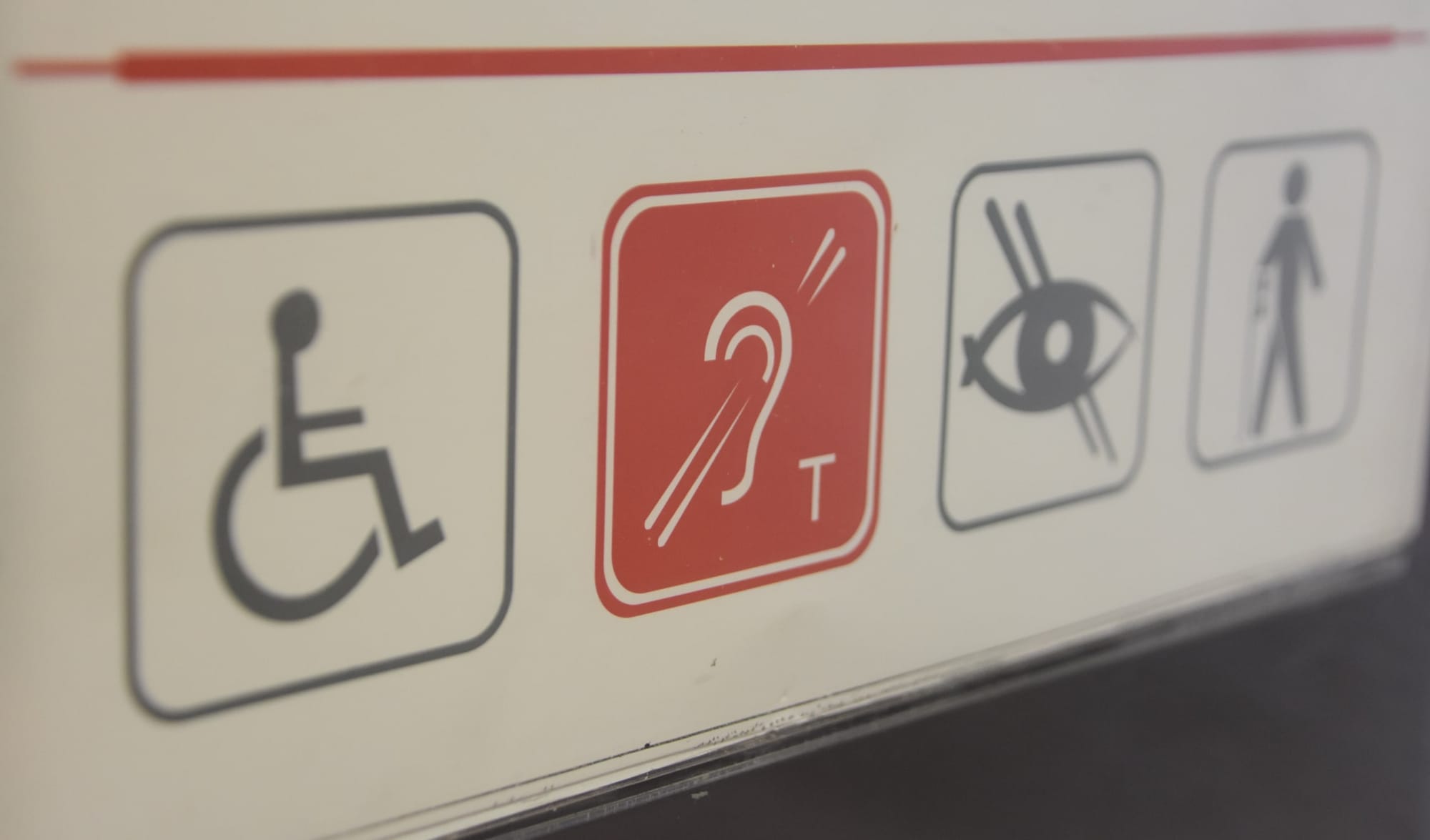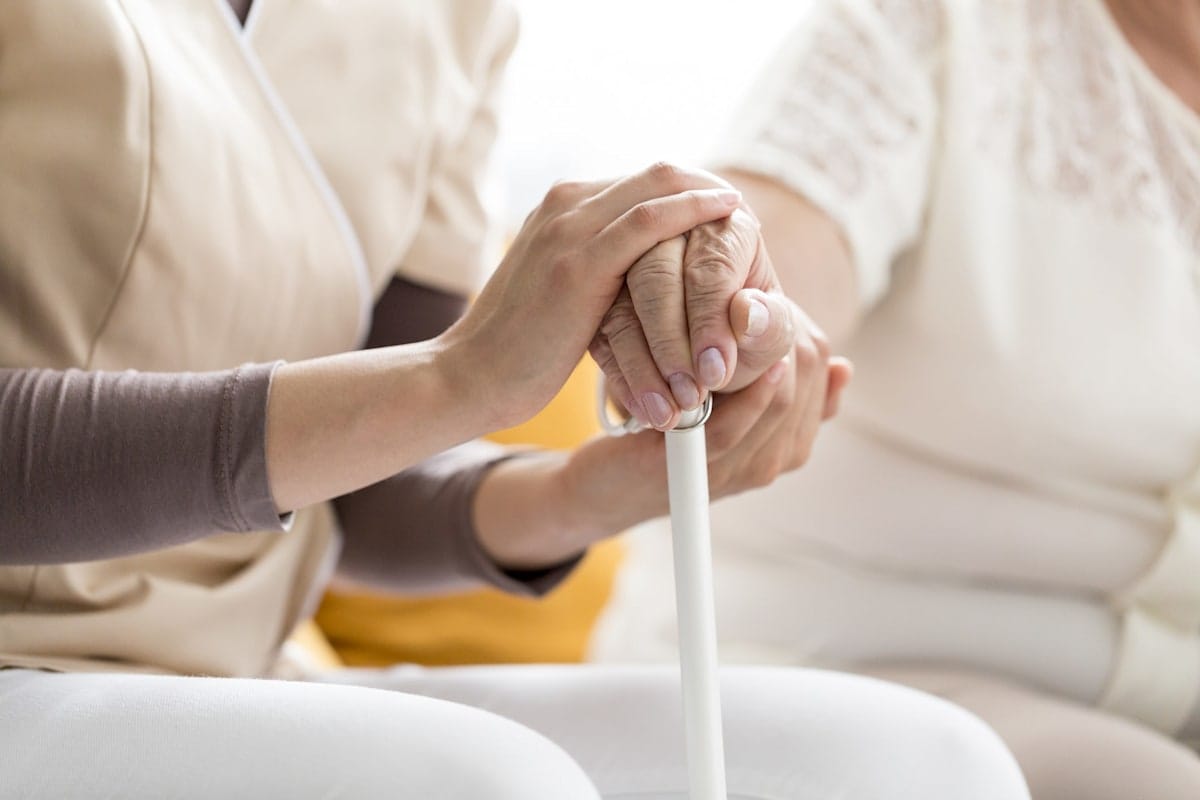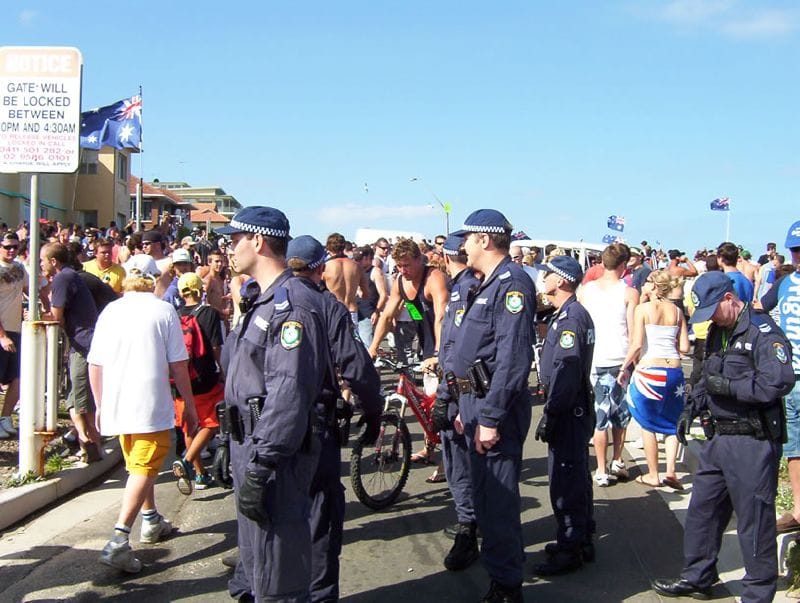
This week is Deafblind Awareness Week. Ask most people what they know about deafblindness and they’ll likely think of Helen Keller. But what’s it like to be deafblind in modern Australia?
Prominent deafblind woman Heather Lawson offers an insight into this experience in the video Being Me. Heather’s story shows some of the isolation and frustrations that arise when support services are inadequate, but deafblind people are far from inherently helpless.
In Japan, Satoshi Fukushima is the world’s first deafblind professor, while US-based deafblind man John Lee Clark is an award-winning author. And closer to home, deafblind woman Leah van Poppel is one of the directors of the National Disability Insurance Agency.
Technology such as braille displays for computers, together with improvements in support services, mean “it’s an exciting time to be deafblind” as Clark writes, but there are still many gaps in service provision that leave deafblind people at risk of social exclusion and unable to reach their full potential.

The role of support providers
Deafblind people often use support workers and interpreters to move through the world. In the Being Me video, we see Heather doing a range of everyday activities.
She’s a key participant and co-researcher in our Monash University research project, Deafblind Communication: Building Professional Competencies. We’re working with Able Australia and NAATI to better-understand what good practice looks like when support workers and interpreters work with deafblind people.
Support workers guide, use specific communication methods, and work with deafblind people using assistive technology. Almost all interpreters who work with deafblind people are sign language interpreters who have extended their skill sets according to the client or clients they’re working with.
For some, this means they use sign language in a tactile form, while for others with residual and restricted vision, it may be “visual frame” signing, which refers to signs made in a restricted space where the client directs their vision.
Some blind people who have become hard of hearing prefer the interpreter to “re-speak” what others say (or sign) at a louder volume, together with other communicative cues. For some, finger spelling into the palm of their hand is a manual way of providing what braille otherwise does.
Since deafblind people usually can’t see the facial expression of the person they’re talking to or their surroundings, interpreters and support workers need to concisely convey the most important aspects of this information to deafblind people – but how best to do this has been little studied to date.

An undertaught art
Our recently launched global report, Professionals Working with Deafblind People: Results of a Global Survey found that interpreters and support workers overwhelmingly report having learnt their skills on the job, and that they have a huge appetite for (further) formal training.
Norway is the only country in the world where sign language interpreters are routinely trained in working with deafblind people as part of their initial interpreter education. There, a communication strategy called “haptics” is widely used that teaches interpreters how to convey environmental information about the specific setting to deafblind people.
In the US, survey participants often reported using ProTactile with their clients. Advanced by its protagonists as a distinct, tactile-based language, ProTactile features signing on arms, shoulders, upper legs and backs, relying on contact space and reciprocity.
Returning to our global sample, though, although many participants have been in the field for more than 10 years, about half of our participants had fewer than 15 hours of professional development on deafblind communication across their entire careers.
This speaks to a dearth of training in the area that was consistently reinforced across subsequent questions.
Unsurprisingly, availability of training was seen as the main barrier to attending training, with cost also playing an important role – not least as many people in these roles are employed casually and aren’t funded by their employer to attend training sessions.
Lack of training not only affects the quality of communication between deafblind people and the professionals who work with them, but also makes it challenging and frustrating for new people to learn these skills on the job, exacerbating already severe workforce shortages in this area.
The need for greater professionalisation
A recent World Federation of the Deafblind report highlights the need for better training for interpreters and support workers working with deafblind people as a key global priority.
Closer to home, training and professionalisation of the disability support workforce is also a key area of interest for the NDIS as well.
As our report shows, it’s high time that governments, both in Australia and overseas, invested in specific, credentialed training programs for professionals working with deafblind people. This is necessary to ensure the consistent quality of support services provided, and so that deafblind people can thrive as fully participating members of our community.





